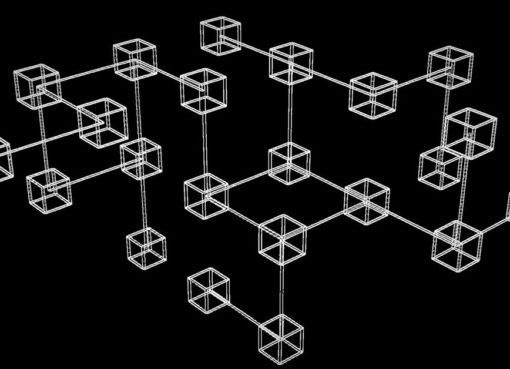How did the Covid-19 pandemic change and reshape the landscape of blockchain technology?
This is a question that panelists aimed to answer at this week’s Greater Bay Area Blockchain Week 2021, which continues through today.
The virtual panel for a global audience included Sheila Warren, head of data, blockchain and digital assets at the World Economic Forum, and Ben Goertzel, founder and CEO of SingularityNET. The panel was moderated by Angie Lau, editor-in-chief of Forkast.News.
In 2019, an estimated 80% of global corporations were undergoing some form of digital transformation. Last year, as the pandemic progressed, that trend was likely accelerated by so many people being isolated at home, according to the panel.
“There was tremendous growth in the crypto industry…” Warren said. “The re-emergence of things like collectibles, non-fungible tokens (NFTs) and decentralized finance. A lot of these things started to hit the market and I think that we saw their effect in ways that were profound.”
The pandemic has also brought to light on new use cases for blockchain technology.
“I saw so many ways that blockchain technology, both our technology at SingularityNET and general-purpose blockchain technology developed by others, could really profoundly help with the Covid pandemic,” Goertzel said. He pointed to the adoption of blockchain-related technologies in healthcare and crisis management as two prominent examples.
Besides creating numerous missed opportunities, the pandemic also helped pave the way for blockchain adoption: “While the tech has been maturing, I think the policy readiness landscape has also been maturing… and Covid has accelerated that greatly,” Warren said. A mature policy landscape and improved interoperability are necessary before the population can benefit from blockchain’s real-life applications.
Goertzel said the pandemic represents a turning point for blockchain from a niche technology, to growing and maturing into networks that perform well enough to be implemented in mainstream applications.
“The blockchain world is in a position wherein the next year or two, we’re going to transition into making the type of tools that can be useful in a pandemic…” Goertzel said. “There are special advantages that a decentralized infrastructure has in an emergency situation — like you don’t have a single point of failure.”
Blockchain can certainly provide a robust infrastructure for the development of advanced technologies that will help the world with future pandemics. Yet, the technology has to be adopted by governments worldwide, to make such networks possible.
The aim of blockchain isn’t to overthrow our current technological infrastructures, but to become an intrinsic part of our ecosystem and blend with our current networks, the panelists said. It should be treated as evolution, rather than revolution.
Blockchain integration appears to be imminent, once all the key aspects of this technology have been thoroughly developed. “[In the early days of the internet] you’d have the internet world and the regular world, but now the internet world and the regular world are the same worlds,” Goertzel said. “It’s the same with blockchain… crypto will infuse the world with more decentralization, security, and configurable privacy.”




